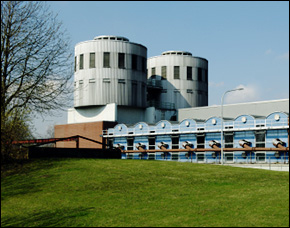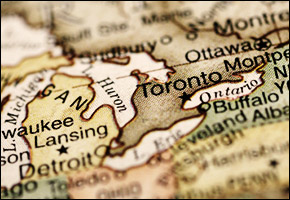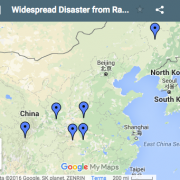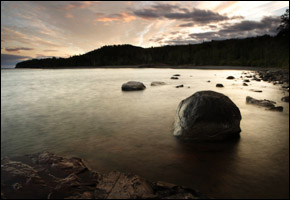Water Conservation Tests Germany’s Sewer Infrastructure
 Although Germans use less water than ever before, sewage treatment officials in the country call for households to turn their taps on more often. The German Federal Association for Energy and Water (BDEW) warned that water conservation in the country is so effective that the insufficient water flow causes stagnation and corrosion in the water pipes that serve some of Germany’s biggest cities, Deutsche Welle reported last week.
Although Germans use less water than ever before, sewage treatment officials in the country call for households to turn their taps on more often. The German Federal Association for Energy and Water (BDEW) warned that water conservation in the country is so effective that the insufficient water flow causes stagnation and corrosion in the water pipes that serve some of Germany’s biggest cities, Deutsche Welle reported last week.
“We believe that the potential for decreased water consumption has reached a level where it will backfire and be counterproductive,” said Martin Weyand, head of the water and sewage systems at BDEW.
According to the association, as less water gets flushed down the water pipes, the sewer system often gets clogged and corroded, forcing wastewater treatment authorities to use more energy and chemicals to maintain the pipes and disinfect the water that goes to the treatment facilities.
“In Cologne we gave major problems because it is a very flat city,” said Heinz Brandenburg, who heads the maintenance of the sewage systems in the city. “Water has to flow for very long distances, so by the time it gets to the treatment center, it is already very stagnate.”
Environmentalists, however, opposed the claims, saying that water conservation should continue, especially as Germany confronts the effects of climate change.
“It’s actually the duty of the civic authorities to design their technical systems in the most environmentally-friendly way possible and with as little water as possible,” said Stephan Gunkel from the environmental group Friends of the Earth. “If that isn’t the case, they should introduce step-by-step changes to their systems.”
According to BDEW, changing the existing pipe network – some of which dates back to the 19th century – is technically, financially and environmentally impractical.
In Germany, which receives sufficient rainfall throughout the year, water supply traditionally balances water demand. Moreover, direct water consumption in the country has fallen by 16 percent since the early 1990s to about 123 liters per person a day. In comparison, per capita water consumption in the United States varies between 360 liters and 589 liters.
Yet, even though Germany’s direct water use has decreased, the indirect consumption –- or virtual water used – still ranks the country in the upper third of water consumers in Europe, according to a recent report by the German branch of the World Wildlife Fund for Nature (WWF). The study estimates that half of Germany’s water consumption comes indirectly with the industrial and agricultural products that the country imports mostly from dry areas of the world.
Dubbed by the Water Footprint Network –- an international non-profit foundation –- the concept of “virtual water” measures, in the context of trade, the quantity of water used in the production of goods and services. For example, it takes about 140 liters of water to produce a cup of coffee.
Read more here.
Source: Deutsche Welle
, a Bulgaria native, is a Chicago-based reporter for Circle of Blue. She co-writes The Stream, a daily digest of international water news trends.
Interests: Europe, China, Environmental Policy, International Security.











Leave a Reply
Want to join the discussion?Feel free to contribute!